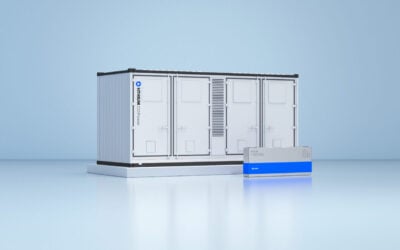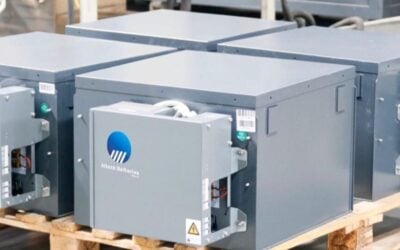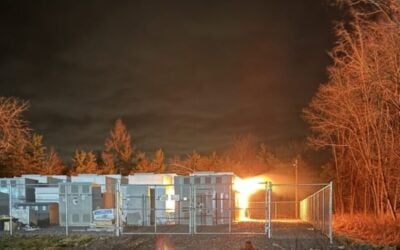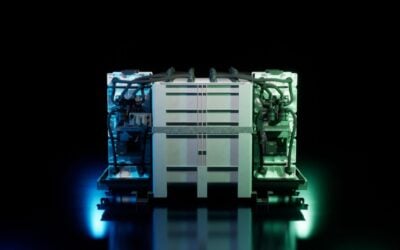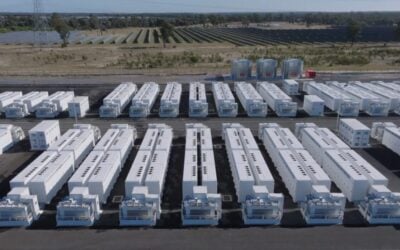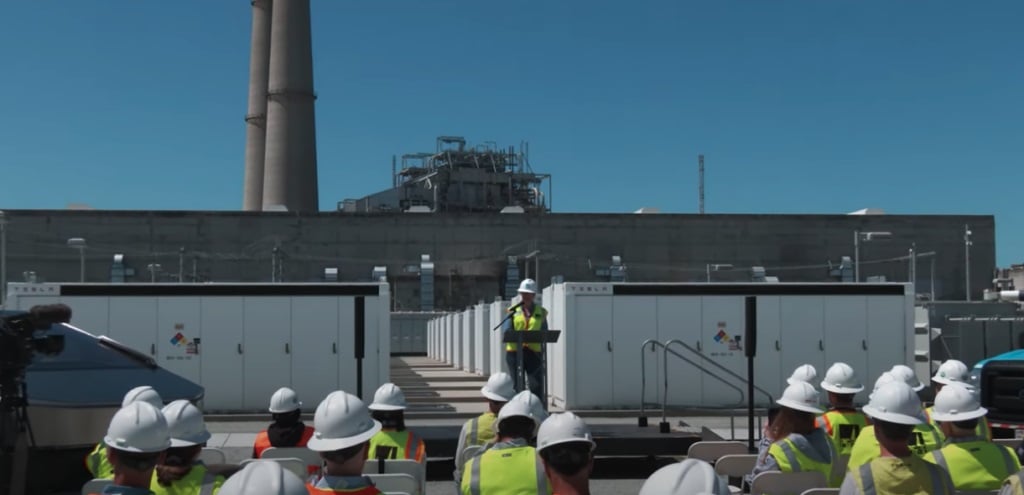
California’s largest electric utility, PG&E, is continuing its push to establish a net-zero energy system by 2040, finalising an offtake agreement for 1.8GWh of battery storage capacity with Aypa Power.
Despite the turbulence of this past year, investor-owned utility Pacific Gas & Electric (PG&E) is seeking the California Public Utilities Commission’s (CPUC’s) approval of the deal, which it negotiated with independent power producer (IPP) Aypa Power for a project in Chino, a suburb in Southern California.
The project was selected as part of the utility’s October 2024 long lead time request for offers (RFO), aimed at procuring long-duration energy storage zero-emitting resources that are able to come online during 2028.
If approved, the agreement will add to the utility’s growing clean energy portfolio mix that includes a 112.5MW/450MWh BESS under development by Leeward Renewable Energy located in Yuma County, Arizona.
Try Premium for just $1
- Full premium access for the first month at only $1
- Converts to an annual rate after 30 days unless cancelled
- Cancel anytime during the trial period
Premium Benefits
- Expert industry analysis and interviews
- Digital access to PV Tech Power journal
- Exclusive event discounts
Or get the full Premium subscription right away
Or continue reading this article for free
PG&E had over 3.5GW of battery energy storage systems (BESS) under contract as of March last year. At the time, the utility said it planned a further 687.5MW of additions in 2025. The company contracts for energy storage with third parties, although it directly owns one large-scale asset, the 182.5MW/730MWh Elkhorn BESS.
1.8GWh offtake from Dirac BESS
This latest agreement for PG&E relates to offtake from a 225MW/1,800MWh portion of Aypa Power’s standalone Dirac BESS project, which is expected to connect to the California Independent System Operator’s (CAISO’s) electricity grid and wholesale markets.
PG&E signed the 15-year long-term resource adequacy agreement (RA) with energy storage (LTRAA w/ES) with Aypa Power subsidiary Balsam Project, LLC. Although the agreement confirms the project will utilise lithium-ion (Li-ion) BESS technology, specific battery suppliers weren’t named.
In a recent interview with Energy-Storage.news, research analyst Lukas Karapin-Springorum outlined how an increasing number of long-duration energy storage projects around the world are planning to use Li-ion technology, rather than emerging alternatives, such as flow batteries.
According to data from CAISO’s interconnection queue, Aypa Power’s Dirac project will have a maximum BESS capacity of up to 400MW connecting via Southern California Edison’s (SCE’s) Chino 230kV substation (queue number 2114).
PG&E has requested that CPUC approve the offtake agreement no later than 31 December 2025.
Turbulent power market
As noted by the independent third-party company Merrimack Energy Group, which oversaw PG&E’s recent procurement, the “contract negotiation process was undertaken during a turbulent time in the power market.”
The past six months have been marked by huge uncertainty surrounding the imposition of foreign import tariffs and the potential removal of investment tax credit (ITC) incentives. The ITC was ultimately preserved for energy storage, although new tax credit eligibility rules around material assistance from foreign entities of concern (FEOC), namely companies from China, are yet to be settled and look likely to present development challenges. Developers and off-takers have devised new ways to continue moving forward.
This includes the introduction of new project cost-sharing schemes, such as the one incorporated as part of a recent offtake agreement between EDP Renewables and California community choice aggregator (CCA) Ava Community Energy.
“The market uncertainty impacted market and contract pricing, proposed revisions to contract provisions to reflect change in law risk, and concern over availability of equipment for energy storage projects,” states Merrimack as part of its recent independent evaluation.
Despite this, the third-party company found that PG&E “effectively navigated” these challenges by adding flexibility to contract provisions.
PG&E’s portion of the Dirac project is expected to come online before 20 May 2028, which Merrimack believes has a “reasonable probability” of success based upon its evaluation.
This is in spite of Aypa Power not having yet obtained an interconnection agreement for its Dirac project that’s being processed as part of CAISO’s Cluster 14 group.
In terms of permitting, Aypa has conducted several meetings with representatives of the City of Chino, including a pre-application meeting and a meeting with the City’s attorney.
According to Merrimack, the City’s primary interest in the development has been the potential fiscal benefits of the project.
Additional procurement needs
In related news, CAISO has suggested CPUC reassess 2028-2032 electricity needs and if necessary, issue a new procurement order.
The system operator made the recommendation as part of its opening comments in the creation of a new procurement framework for all California load-serving entities (LSEs), the Reliable and Clean Power Procurement Program (RCPPP).
As a “critical first step” for the programme, CAISO has suggested that CPUC “prioritise conducting a needs assessment for the 2028-2032 timeframe,” assessing whether existing contracted resources are sufficient to meet reliability targets.
CAISO suggests that if the assessment finds new resources are needed, CPUC should issue a new procurement order as soon as the end of 2025, whilst stakeholders continue to develop the RCPPP.
As part of the reasoning behind its concerns, the system operator pointed to recent forecasting data from the California Energy Commission (CEC) that shows “significant load growth” commencing in 2028, which wasn’t present in previous forecasts.

